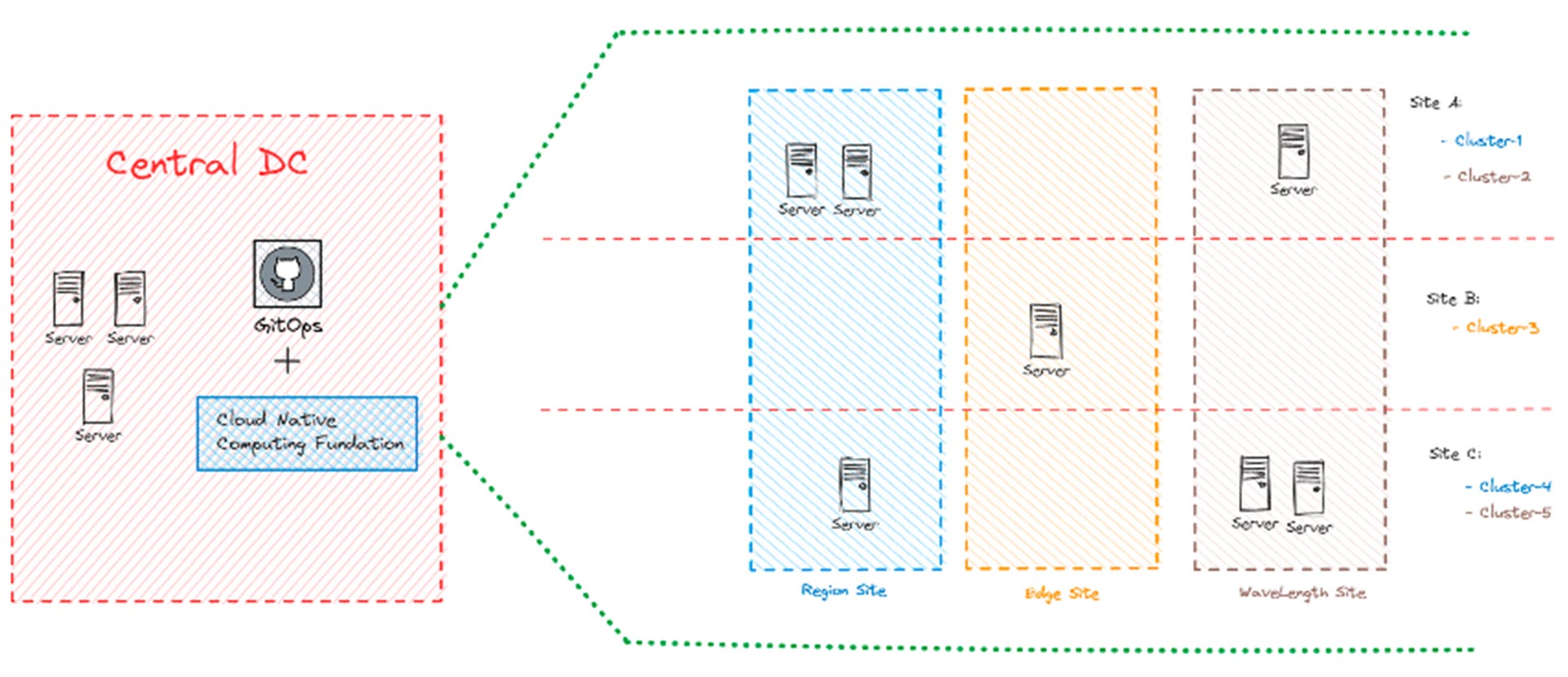Technology
Cybersecurity and Privacy
Second Factor Web Browsing: Threat detection through a dual channel
It is normal to think that a local network, being associated with a physical element such as a router, is usually secure. However, checking whether it has been compromised is a bit more complicated and it is advisable to use a more secure secondary channel.


